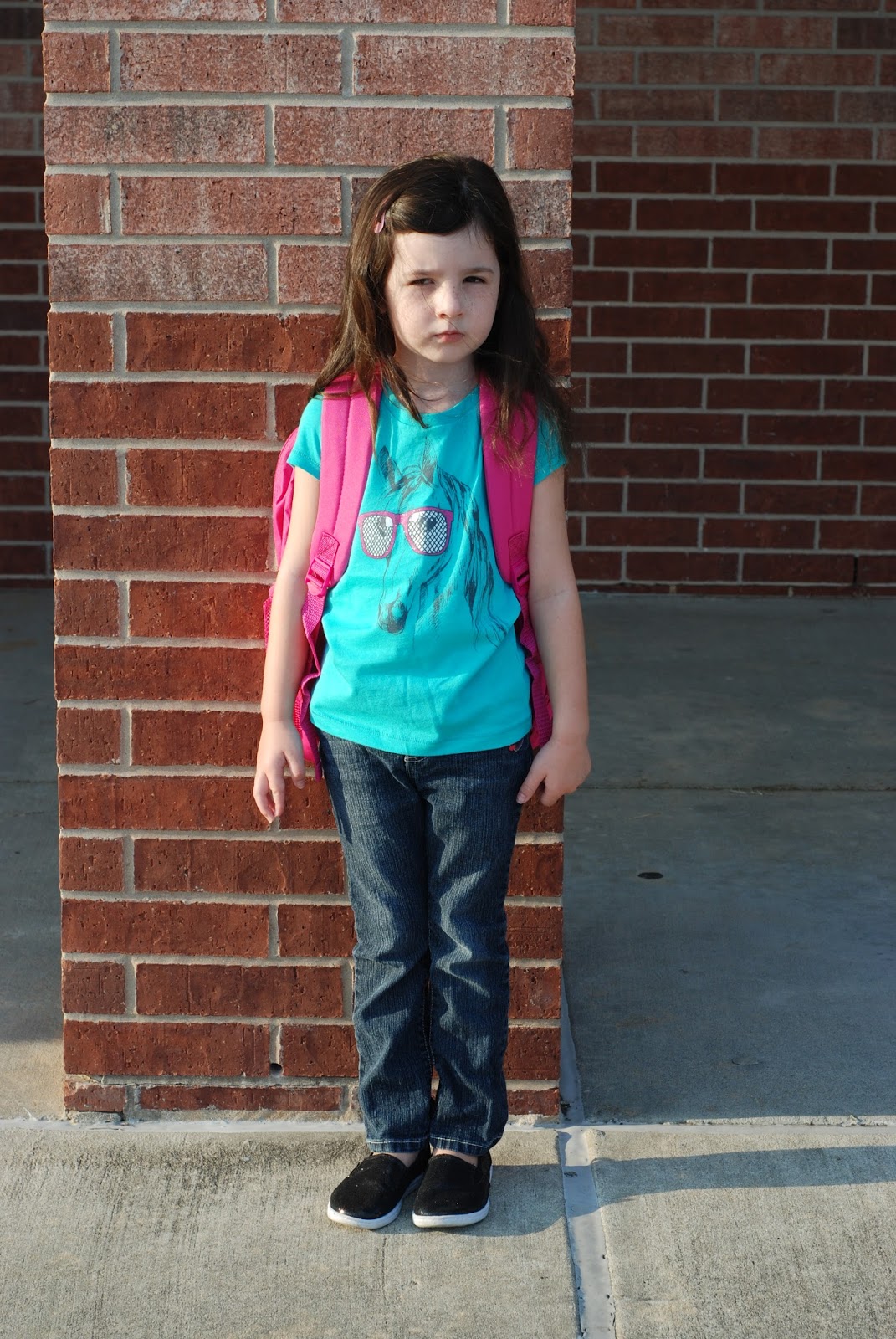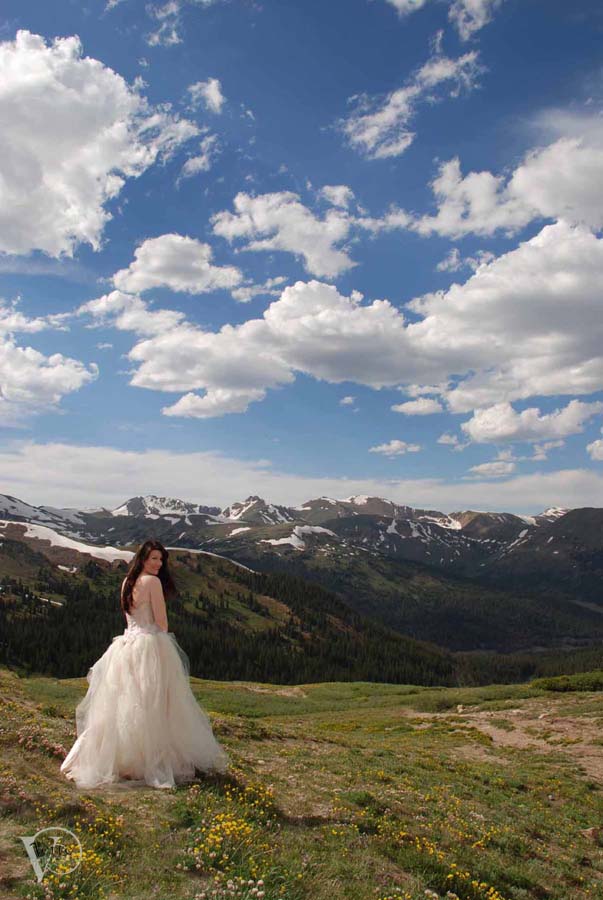Want to take better photos? Who doesn't?
Sometimes we find that our images have color casts that we don't understand, that are distracting.
By learning a little bit about light, and how your camera works you can make a simple adjustment and have a HUGE impact on your natural light images.
White Balance (WB)
simply refers to the camera mode that allows you to control how your camera sees the color temperature of light.
By selecting the correct mode - your camera can correct setting White - back to White and saving you countless hours of photo editing and stress!
If you haven't already - you can print these Keycards and keep them in your camera bag for quick reference!
<Get the second set here>
This double use Key Card lists both the different WB modes and WHEN you want to use them along with a kelvin guide to the color temp / type of light.
Your most natural light, is during midday - or when you are using flash or strobe lights.
However, as a photographer you get to choose when utilizing your natural light environment adds to your images - and when it needs to be corrected out.
This cutie was taken in the shade during the morning and you can see the blue behind her while blurred should be cement (grey) Personally I choose NOT to correct this with WB because it really makes her eyes pop.
Where in this image I selected to utilise my WB to remove the cool blue tone because I felt it made her look too pale and it seemed to fight her personal style.
WB is absolutly your friend if you are doing portait work - but another BIG place to use it is product photography. If you are an online retailer doing your own images - this is a tip you want to use!























